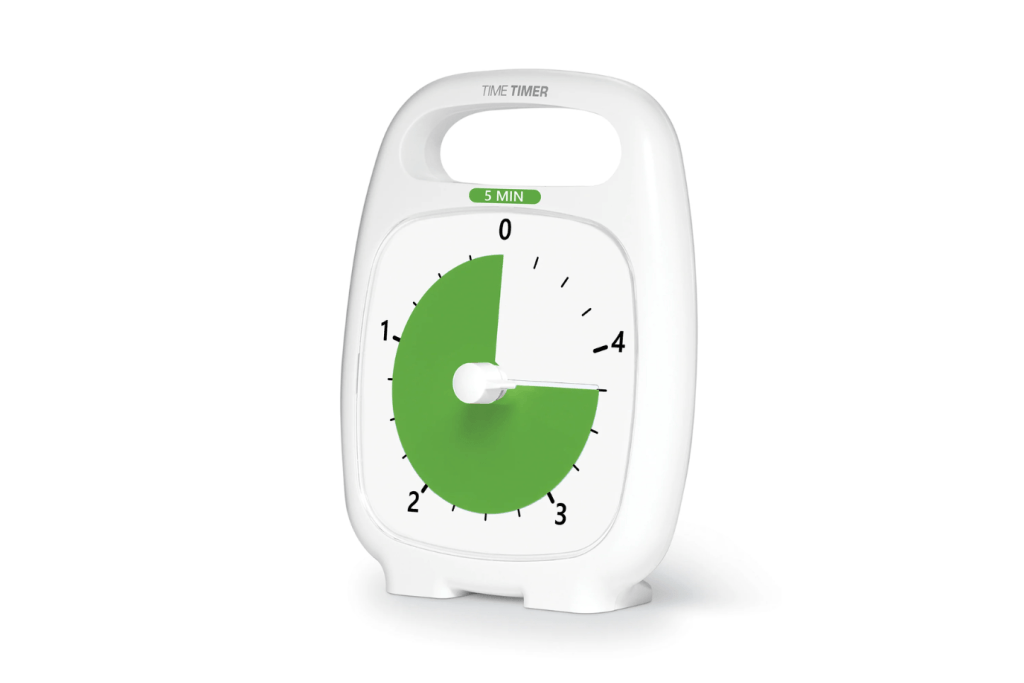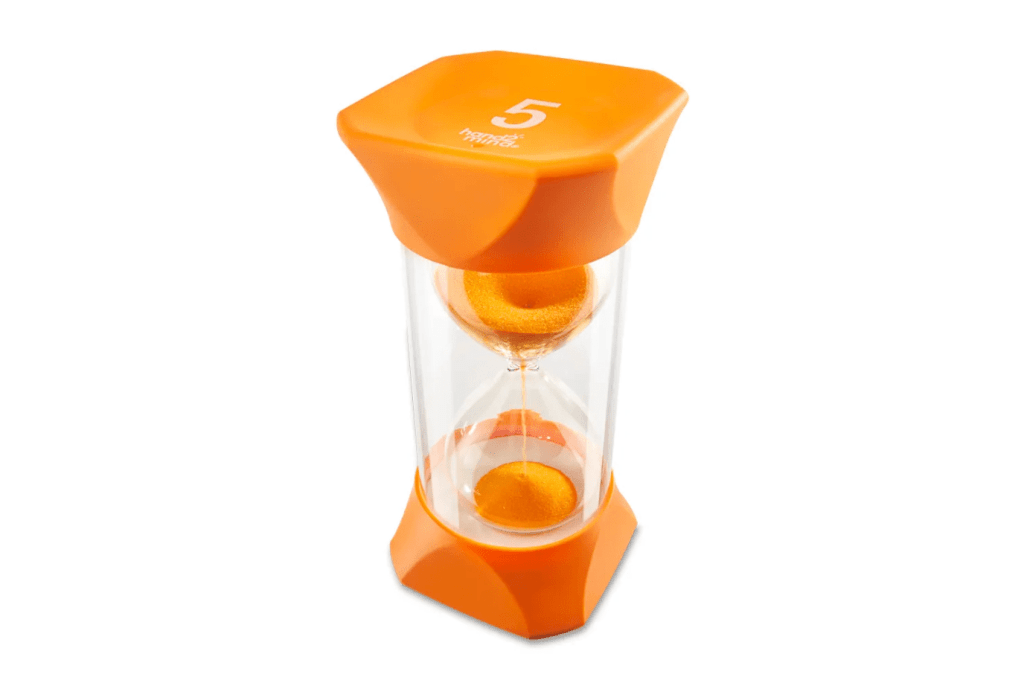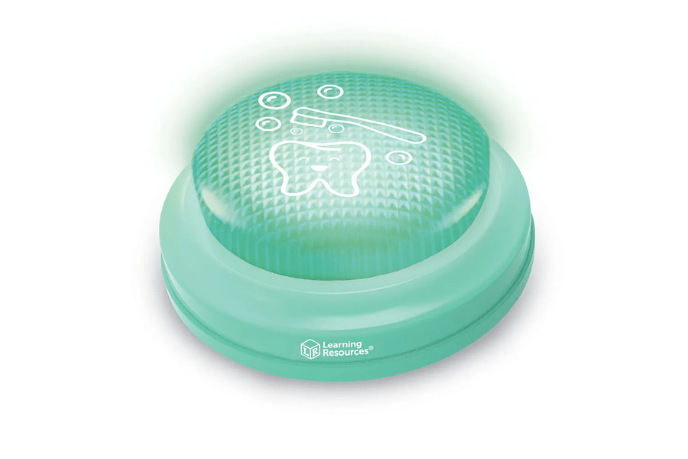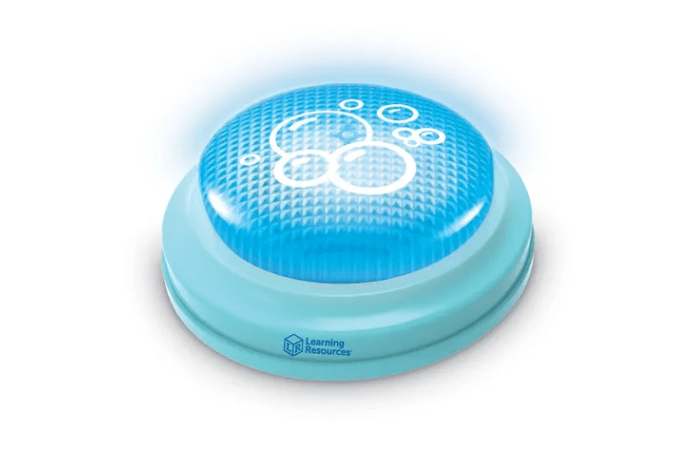Your Cart is Empty
Menu
-
- Shop Gifts By Age
- Gifts For a 0-6 Month Old
- Gifts For A 6-12 Month Old
- Gifts For A One Year Old
- Gifts For A Two Year Old
- Gifts For A Three Year Old
- Gifts For A Four Year Old
- Gifts For A Five Year Old
- Gifts For A Six Year Old
- Gifts For A Seven Year Old
- Gifts For An Eight Year Old
- Gifts For A Nine Year Old
- Gifts For A Ten Year Old
- Shop Gifts By Budget
- New Arrivals
- Toys
- Montessori Materials
- Montessori At-Home Program
- Montessori Furniture
- Bundles & Sales
- Books
- Shop By Age
- Shop By Brand
- 4M
- Ark Chewelry
- Avenir
- Beleduc
- BOB Books
- B. Toys
- Connetix
- Crayola
- Creativity for Kids
- Crocodile Creek
- DJECO
- Dough Parlour
- Educare
- Educational Insights
- Educo
- eeBoo
- Erzi
- ezpz
- Fat Brain Toys
- GAM (Gonzagarredi Montessori)
- Globber
- Gluckskafer
- Goki
- Grapat
- Grimm's Toys
- Hand2mind
- Hape
- Holztiger
- Janod
- JL Woodworking
- Kinderfeets
- Le Trusquin
- Learning Resources
- Londji
- Magnatiles
- Make Believe Ideas
- Makedo
- Manhattan Toys
- Milaniwood
- Mojo Toys
- Moulin Roty
- Native Northwest
- Nic
- Nienhuis
- OOLY
- Opinel
- Ostheimer
- Papoose
- Peaceable Kingdom
- Plan Toys
- Plus-Plus
- Real Life Pages
- Safari LTD
- Sarah's Silks
- Smartmax
- Smoby
- Snap Circuits®
- Stanley Jr.
- Stokke
- Tenderleaf Toys
- The Topponcino Company
- Thorpe Toys
- Time Timer
- Vilac
- Walter
- Welcome Industries
- Whitney Brothers
- Wunderkidd
- Yoto Play
-
- 866-901-4696
- Gift Registry
- Login


If you're tired of saying, "5 minutes until bedtime"...
4 min read
If your child is having trouble with the end of an activity - turning off screens, ending play time, pausing play to go to the toilet - timers are the simplest way to ease these types of transitions.
Because young children don't yet understand the concept of time, saying "Five minutes until bedtime" is almost meaningless...
...especially if you're not actually using the correct length of time when you issue these warnings, i.e giving 5 minute warnings over and over or giving a 5 minute warning but then waiting to end the activity for 20 minutes.
A visual timer, where children can actually see the time decreasing, helps them to absorb what lengths of time actually feel like and prepare for the end of an activity.
They're also less stressful for parents and children, compared to count downs or constant reminders about how much time is left.
Here's 5 Situations When Timers Are The Most Useful:
1. Transitioning from one activity to another - i.e. time to finish playing and have lunch.
2. Baking and other activities that require patience - "How much longer until the muffins are ready?"
3. To manage turn-taking - "It's your turn for the next 15 minutes and then ___ can have a turn.". While Montessori doesn't generally encourage 'turn-taking' (read this to find out why), sometimes turn-taking is necessary.
For example, with a sibling who may be taking a longer turn just to withhold something from a sibling or if a parent is trying to "share" their time between siblings, i.e. "I'm going to read with Adrian for 10 minutes and then I'll come and play with you."
4. Encouraging independent play - if you have tasks to do around the home and want your child to play alone for a little while.
The key to the effectiveness of timers for encouraging independent play is using them honestly, i.e. if you say you're going to play with them after the timer goes off then follow through with that. This helps them to trust you and the timer.
5. Creating predictability and keeping the schedule of the day moving along. It's best to give children ample time to get dressed, brush their teeth, etc. Young children are still developing the coordination and fine motor skills to easily do these tasks.
But at some point there will likely be a time limit for these activities because you just have to keep the schedule moving.
For children that are especially slow to move through some of these activities, a timer can help - "you've got 10 minutes to pick out your clothes and get dressed" or "you've got 5 more minutes to finish your breakfast before you need to go brush your teeth."
How To Incorporate Timers Into Routines
You don't have to use a timer for everything. I'd recommend starting with a couple of transitions that are the most challenging throughout the day. If your child responds well to it, then you can use it for more.
It shouldn't be a source of stress for you or your child, but rather a tool that helps make the day a little easier for everyone.
Also keep in mind that you won't need to use the timer forever. Eventually, children learn how to manage their own time rather than relying on the timer for everything.
Lastly, timers shouldn't be used as punishment - "I guess I have to set the timer since you're not listening." It should be a positive "behaviour management" tool that helps everyone work together.
Choosing A Timer
Below are some of the ones we have in the shop. You don't need one of these.
You could just use a timer on your phone, although I recommend something with a visual component so your child can see the time decreasing.
There are phone apps that offer this! I use one called "Visual Timer - Countdown" when we're on the go. It works great in situations when I'm asked "how long until we get there?" over and over :)
Visual Time Timer PLUS® (5 or 20 Minutes)

Benefits:
- Child can see how much time is left
- The timer makes a sound when time runs out to add an auditory cue as well (optional, can turn volume all the way down if noise creates stress)
Jumbo Sand Timers (5 or 10 Minutes)

Benefits:
- Great for children who may find a countdown stressful. There's no noise just a calming effect of seeing the sand run through the timer.

Benefits:
- An unchangeable amount of time that tells children how long to brush their teeth for
- This timer makes a sound and flashes lights to know when time is up (visual and auditory cues).

Benefits: The same benefits as above but for hand washing.
Join Our Montessori Community
Sign up to get weekly activities, free printables, Montessori parenting guidance, and so much more.
Plus, get $10 off your first order of $100+.
Like this article? Get new articles, weekly activities, free printables, Montessori parenting guidance, and so much more.
One mom recently shared:
"Your newsletter is always SO great. It is one of the few I open and read weekly. You provide so much value. Thank you!"


